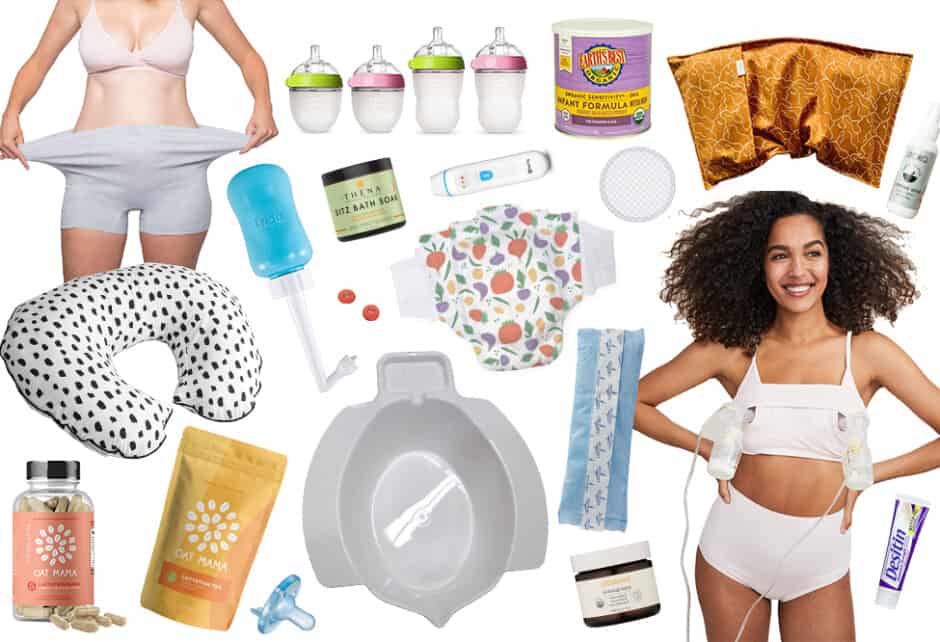
Setting Up A Montessori-Style Space For Your Baby
Written by Simone Davies and Junnifa Uzodike
Photography by Nina Westbrook, Photographed by Nicki Sebastian
Want to keep things simple—and developmentally stimulating—for your baby at home? Montessori educators Simone Davies and Junnifa Uzodike are here to help! The authors of the brand-new book The Montessori Baby: A Parent’s Guide to Nurturing Your Baby with Love, Respect, and Understanding offer 8 easy-to-follow tips—taken straight from their #1 best-selling book—right here. Enjoy!
Never underestimate how much we can use our homes to create an inviting, cozy, attractive, and engaging space for our baby.
Montessori educators use the classroom as a “second teacher.” We get the classroom to do a lot of the work. We take the time to prepare activities in a way where the children can see what is available; the whole space is prepared with such love and care, and the children respond by treating it with respect; and there is beauty in the space, with living plants and artwork placed at the child’s height. Dr. Montessori called her first classroom Casa de Bambini—“children’s house.” The classroom can make the child feel like they belong and are important.
We don’t have to completely transform our homes to look like Montessori classrooms, but we can create intentional spaces in each area of the home to make our baby feel special, to welcome them, and to give them a sense of security as each space becomes a point of reference for them.
This can be achieved in even the smallest of homes. Small or difficult spaces are opportunities for creativity. Luckily, babies do not need that much. There is a general idea that we need a lot of furniture, clothing, toys, and supplies for a new baby. We can buy fancy feeding cushions, cribs with matching chests of drawers, a changing table, a baby bath, and more. Then we need a stroller that collapses, one we can push while jogging, and maybe one for traveling too.
One of our favorite things about the Montessori approach is that it aligns with the idea of less is more. Buy only what we need, keep things simple and beautiful, and perhaps put the extra money toward a higher quality, or more natural, version. These special things can be used by any future children in the family or donated or passed on to another family. And they are much more sustainable for the environment.
Take a look at our 8 tips for setting up your home:
- Baby-sized. Look for small furniture that the baby will learn to use by themselves—like a low bed to crawl in and out of (see pages 59 and 64). By the time our baby learns to sit, we can have a low table and chair where they can eat, play with their activities, and pull up on. We want the baby’s legs to reach the ground with their feet flat on the floor, so we can trim the legs of the table and chairs if they are too high.
- Beauty in the space. Display art, photos of the family, and plants at a low height for the baby to enjoy. (Make sure the plants are safe for curious babies who want to put them in their mouths or move them to where the baby can see them but not reach them.)
- Independence. To help our baby move from dependency to increasing independence in the first year, we can set up simple activities on a low shelf or in a low basket so the baby can learn to choose for themselves. Older babies will be able to roll, wriggle, or crawl to fetch things they want to use, and we can look for ways to make it easy for them to help themselves.
- Attractive activities. We can create inviting, age-appropriate activities for each stage of our baby’s development, beautifully arranged on shelves, rather than in toy boxes.
- Less is more. Displaying only a few activities helps develop the baby’s concentration. Display only the ones the baby is working to master, so they don’t feel overwhelmed.
- A place for everything and everything in its place. When we have a place for everything and everything is in its place, the baby learns where things belong (and eventually, as toddlers, where to put them away).
- See the space through their eyes. Get down to the baby’s height in each space to see what it looks like from their perspective. Remove messy wires and clutter.
- Store and rotate. Create storage that ideally is out of sight or easy on the eye—think floor-to-ceiling cupboards that blend in with the wall or containers that can be stacked in a storage area or behind a couch. Keep out a few activities, store the rest, and rotate them when the baby is looking for new challenges.
Get more excellent tips from Simone and Junnifa by scooping up The Montessori Baby: A Parent’s Guide to Nurturing Your Baby with Love, Respect, and Understanding.
Share this story




